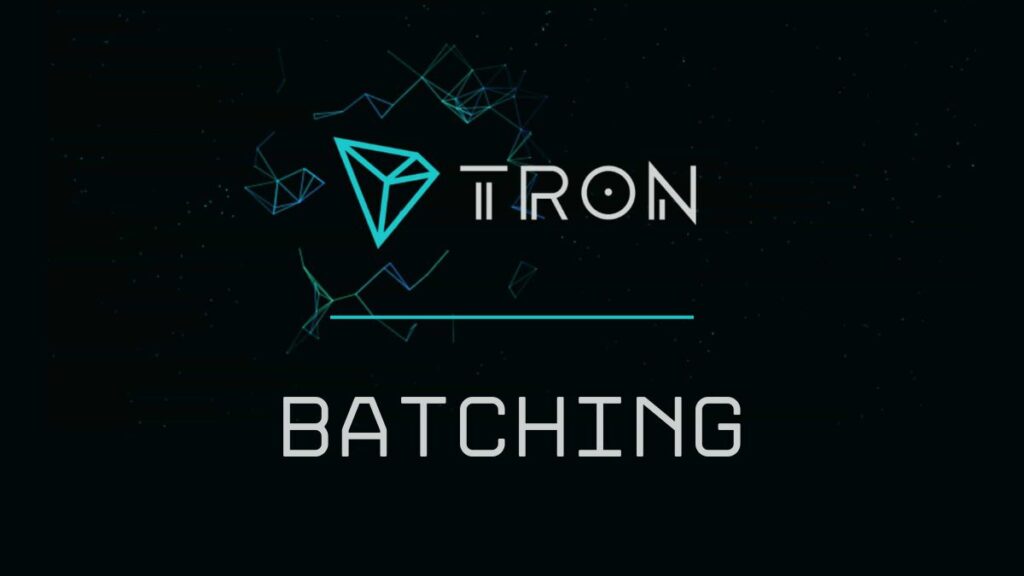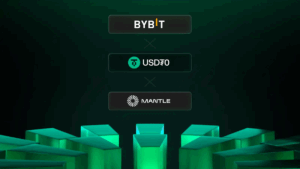TL;DR
- Boosty Labs proposes native transaction batching on Tron to reduce costs, ease congestion, and improve the scalability of high-volume transfers.
- The system bundles offchain operations into a single batch with cryptographic proofs, offering three processing modes: Instant, Delayed, and Batch, optimizing fees and settlement times.
- A phased implementation could lower transaction fees to 0.05 TRX per recipient and position Tron as an efficient network for remittances, mass payments, and stablecoin operations.
Tron could receive one of its most significant efficiency upgrades through Boosty Labs’ proposal introducing native transaction batching.
The goal is to reduce costs, relieve congestion, and enhance scalability for high-volume users such as exchanges, payment processors, and companies handling large USDT transfers. The proposal is currently under review at the CTDG Dev Hub, where validators, developers, and community members can comment and suggest improvements before its eventual implementation.
Tron Could Optimize USDT Transfers at Scale
Transaction batching works by grouping multiple individual offchain operations and submitting them to the blockchain as a single unified transaction. This allows Tron to keep everything on its mainnet without relying on L2 solutions or bridges, while reducing associated costs.
Each batch includes cryptographic proofs that validate all transactions, and only the final aggregated batch is confirmed on-chain. Boosty Labs’ proposal adds three processing modes: Instant, for immediate settlement with a premium fee; Delayed, with moderate wait times and standard fees; and Batch, aimed at high-volume users willing to wait a few minutes to minimize costs.
Additionally, the proposal introduces an automated system that identifies users eligible for batching based on transaction frequency, volume thresholds, and distribution patterns. This mechanism allows exchanges, payment processors, and businesses to leverage batching without manual intervention while maintaining transparency and traceability on the network.
Benefits for Large and Small Users
For large users, transaction costs are minimized; for validators, individual transaction fees may decrease, but total volume growth could offset the difference. Regular users benefit from less congestion and lower fees, while Tron strengthens its position as a high-volume settlement network competitive in remittances, mass payments, and gaming rewards.
Implementation is planned in phases: deployment on the Shasta testnet, aggregator node infrastructure setup, whitelist and automated identification integration, open-source verification library release, and finally migration to mainnet following community validation. Fees could drop to as low as 0.05 TRX per recipient, representing significant savings for repetitive stablecoin transfers.
Collaborative technical upgrades like this can transform Tron’s efficiency, reinforce its value proposition, and solidify its role in high-volume payments and operations













